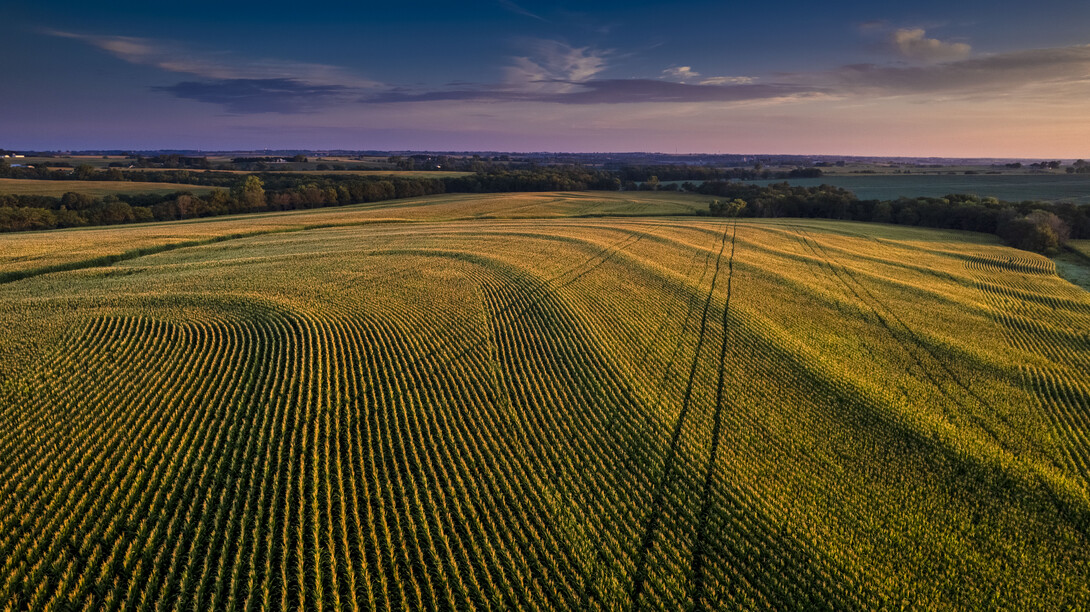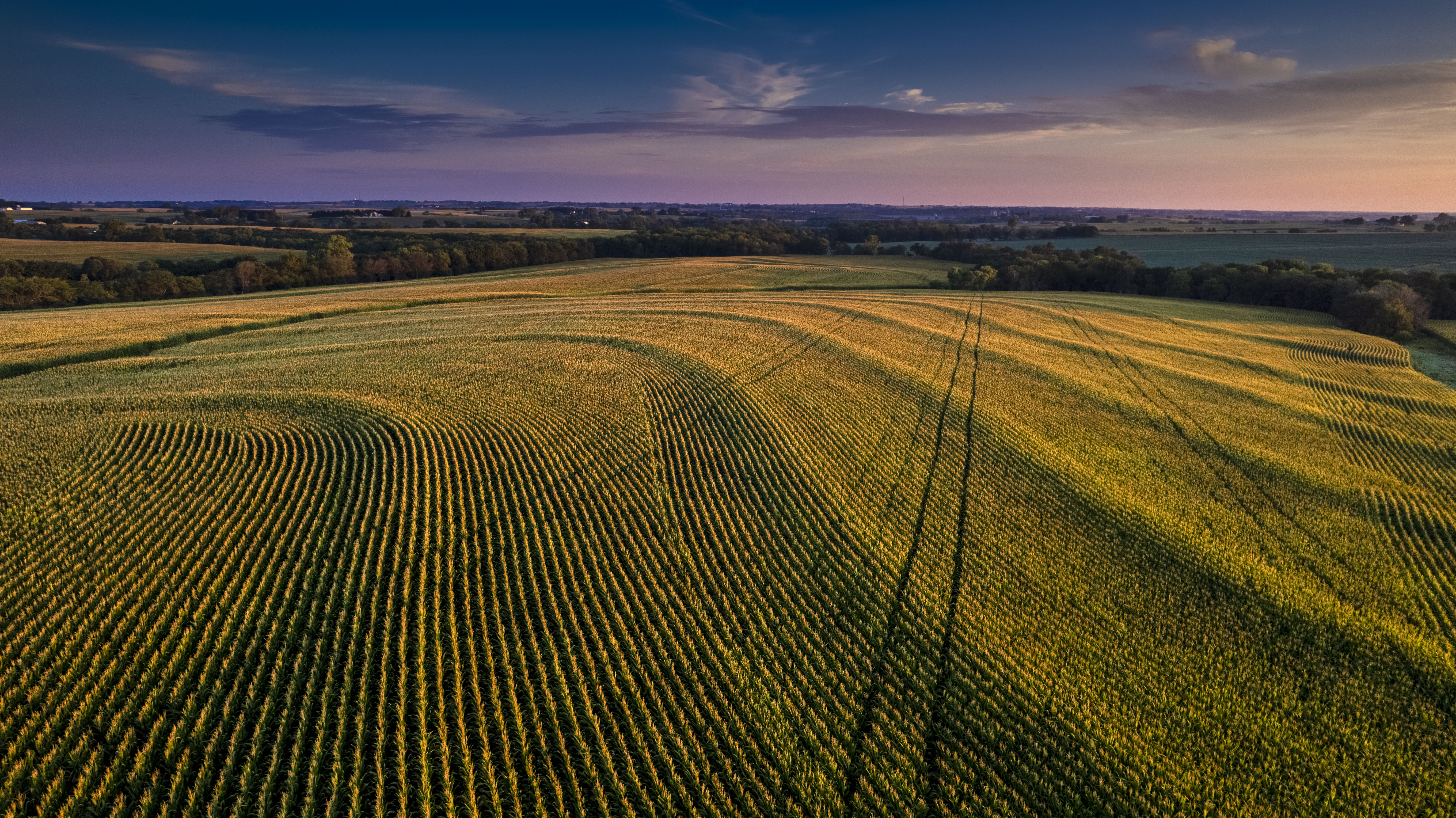
The market value of agricultural land in Nebraska increased 5% over the prior year, to an average of $4,015 per acre, according to the University of Nebraska–Lincoln’s 2024 Nebraska Farm Real Estate Market Survey preliminary report. This marks the third consecutive year of increases, setting another high in non-inflation-adjusted statewide land value.
The report is issued annually by the university’s Department of Agricultural Economics and Center for Agricultural Profitability. It is based on a survey of land industry experts across Nebraska, including appraisers, farm and ranch managers, agricultural bankers and other industry professionals.
Those responding to the survey attributed the rise in Nebraska’s agricultural real estate values to purchases for farm expansion, current livestock prices, 1031 tax exchanges, the amount of land offerings for sale, and hedges against inflation. Farms or ranches in strong financial positions looked to expand their operations by purchasing additional land. Competition for land remained strong in the industry, as fewer acres were available for sale.
According to Jim Jansen, an agricultural economist with the university who leads the survey and report, many operations acquired tangible assets, such as land, machinery and equipment, to hedge against inflation and rising prices.
“The Federal Reserve’s policies to slow inflation have led to agricultural real estate loans moderating around 8%,” Jansen said. “Future changes in the market value of land across the state will be tied to the profitability of farm and ranching, along with long-term interest rates for financing real estate purchases.”
The survey reports the market values on seven types of land by region across Nebraska, as well as an average for the entire state. The estimated market value of dryland cropland without irrigation potential rose 3% across the state compared to the prior year. Center pivot-irrigated cropland increased 4%, while gravity-irrigated cropland rose 3%. According to Jansen, lower grain prices contributed to gains in cropland values moderating from the growth seen in 2023.
Jansen also said that rising cattle prices and competition for more acres helped drive grazing land and hayland market values up by an average of 6% to 8% in the state.
The survey found that average cash rental rates for dryland and irrigated cropland are also moderating this year compared to the rates of increase seen in recent years, experiencing between a 7% decline and 5% increase, thanks in part to lower crop prices and favorable yields across the United States.
“Survey participants expressed concerns about drought, input expenses and water availability for the upcoming growing season in certain regions,” Jansen said. “Accounting for actual crop revenue, production expenses or irrigation limitations might be features to consider in a flexible lease for 2024.”
The preliminary report is available on the Center for Agricultural Profitability’s website here. The final report is expected to be published in June.
Two virtual workshops covering land and leasing issues, estate planning and the newly published land values and cash rental rates, will be held March 27 and 28. The March 27 workshop is scheduled for 9 to 11:30 a.m. Central time and will be geared toward viewers in central and western Nebraska. The March 28 workshop is set for noon to 2:30 p.m. Central time and will feature examples more relevant to viewers in eastern Nebraska. The general information presented in both meetings will be the same. Registration is free here.
Share
News Release Contact(s)
Related Links
Tags
High Resolution Photos








